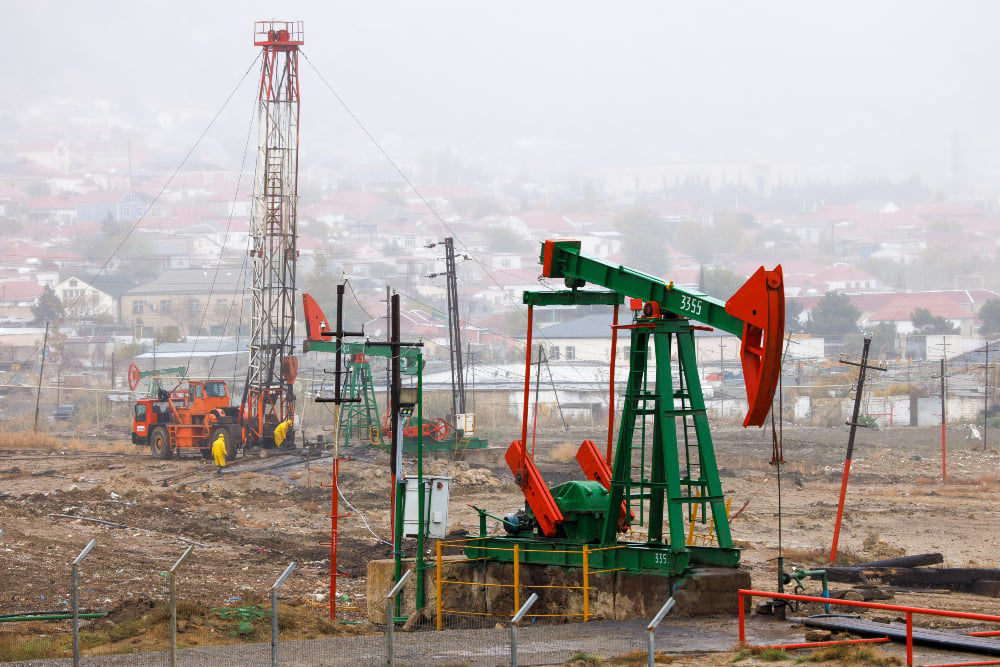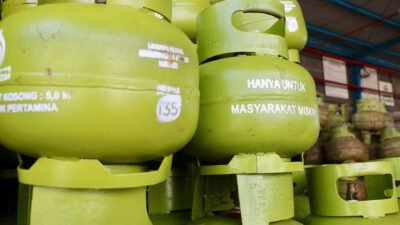In recent months, Indonesia and India have taken an unexpected turn in trade policy. Both countries, known for their strong export performance, are now lining up to import oil and gas from the United States. This sudden shift aims to balance trade surpluses, manage energy security, and respond to global geopolitical tensions. As the global energy landscape evolves, these emerging economies are strategically repositioning themselves—not just as exporters, but also as major energy importers.
The Trade Surplus Dilemma
While a trade surplus might sound like a good problem to have, excessive surpluses can trigger diplomatic or economic backlash—especially from trade partners. The U.S., in particular, has historically scrutinized nations with significant trade surpluses. Indonesia and India, both eager to maintain strong relations with the West, are looking for ways to manage this imbalance proactively.
By boosting energy imports from the U.S., both countries can strategically reduce their trade surpluses while addressing domestic energy needs. It’s a move that benefits all parties: Washington sees improved export numbers, while Jakarta and New Delhi secure more stable fuel supplies.
Why U.S. Oil and Gas?
Several key reasons explain why the U.S. has become the preferred supplier:
- Competitive Pricing: U.S. shale gas and crude oil often come at competitive rates, making it an attractive option for price-sensitive importers.
- Stable Supply Chains: Unlike certain OPEC countries affected by conflict or political instability, the U.S. offers more reliable and consistent delivery.
- Strategic Partnerships: Stronger energy ties with the U.S. can help strengthen broader diplomatic and trade relationships, which is particularly important as global supply chains shift post-pandemic.
- Diversification of Energy Sources: Both India and Indonesia seek to diversify their energy imports beyond traditional suppliers in the Middle East and Russia. The U.S. fills that gap effectively.
Domestic Drivers Behind the Decision
Domestically, energy demand in both countries is surging. Indonesia, as Southeast Asia’s largest economy, faces rising fuel consumption amid growing industrial and transport sectors. India, with its booming population and manufacturing ambitions, also needs vast and reliable energy supplies to power its development.
Moreover, both governments are focused on energy transition goals. U.S. natural gas—especially LNG (liquefied natural gas)—is seen as a cleaner bridge fuel compared to coal or diesel. Importing American LNG helps these countries align with global climate targets while meeting energy needs.
Conclusion: A Smart Move in a Shifting World
The decision by Indonesia and India to import more U.S. oil and gas is about more than just fuel. It’s a strategic effort to balance trade surpluses, secure energy, and strengthen geopolitical ties with Washington. In an increasingly multipolar world, smart energy diplomacy could shape future trade and security dynamics across Asia and beyond.
As global energy markets shift and sustainability pressures grow, expect more countries to follow this pragmatic model—balancing economic goals with energy and political strategy.









